Effect of lapping pressure on surface quality of polycrystalline diamond
-
摘要: 使用金刚石平磨盘对聚晶金刚石(polycrystalline diamond,PCD)复合片的金刚石层进行高速研磨实验,研究研磨压力对PCD研磨去除率、表面粗糙度和表面形貌的影响。结果表明:当研磨压力为0.10 ~ 0.18 MPa时,随着研磨压力的增大,PCD的研磨去除率增大,表面粗糙度减小。PCD研磨表面缺陷主要包括沿晶破碎、微小凹坑、机械划痕、微裂纹等,且随着研磨压力增大,研磨表面平滑面积扩大,机械划痕变小。Abstract:
Objectives Polycrystalline diamond (PCD), as a superhard material with high hardness, high wear resistance, and good impact toughness, has a wide range of applications in fields such as cutting tools for superhard materials. However, due to its high hardness, the precision surface processing of PCD has always been a technical challenge. This paper aims to study the influence of lapping pressure on the surface quality of PCD, particularly focusing on the material removal rate, surface roughness, and changes in surface morphology under high-speed grinding conditions. Methods The experiment adopts a single-factor test method, keeping the abrasive particle size W5 of the diamond flat grinding disc and the lapping speed of 43.3 m/s constant, while varying the lapping pressure (from 0.10 MPa to 0.18 MPa) to study its impact on the material removal rate, the surface roughness, and the surface morphology of polycrystalline diamond material. The experimental material is a ϕ13 mm × 2 mm polycrystalline diamond composite sheet with a diamond layer thickness of approximately 1 mm. The experimental apparatus is a high-speed grinding testing machine, which uses an electric spindle to drive the diamond flat grinding disc, with a lapping time of 20 minutes. The lapping process is conducted without the use of coolant to avoid its influence on the experimental results. Results The experimental results indicate that the lapping pressure has a significant impact on the material removal rate of PCD. As the lapping pressure increases from 0.10 MPa to 0.18 MPa, the lapping removal rate increases from 0.005 mg/min to 0.030 mg/min, indicating that an increase in lapping pressure significantly improves material removal efficiency. The influence of lapping pressure on the surface roughness of PCD is also significant. With an increase in lapping pressure, the surface roughness gradually decreases, reducing from a higher value at 0.10 MPa to a lower value at 0.18 MPa, with a roughness Ra reduction of approximately 0.020 μm. The impact of lapping pressure on the surface morphology of PCD is manifested by a reduction in surface defects and an expansion of smooth areas. At lower lapping pressures, the surface exhibits numerous pits, interstitial cracks, and mechanical scratches. As the lapping pressure increases, the number of these defects gradually decrease, and smooth areas gradually expand. Scanning electron microscope observations reveal that an increase in grinding pressure helps reduce defects such as intergranular fractures, minute pits, and mechanical scratches, resulting in a smoother surface. Conclusions This paper experimentally studies the influence of lapping pressure on the material removal rate, surface roughness, and surface morphology of PCD, and draws the following conclusions. The lapping removal rate of PCD material significantly increases with an increase in lapping pressure, primarily attributed to the high-frequency collisions and frictional heat between diamond abrasive particles and PCD during the lapping process. An increase in lapping pressure significantly reduces the surface roughness of PCD, primarily benefiting from the decreased cutting depth of abrasive particles and increased actual contact area caused by the increased lapping pressure, and the promotion of surface thermochemical reactions and mechanical thermal removal effects by frictional heat. An increase in lapping pressure leads to a reduction in surface defects, an expansion of smooth areas, smaller mechanical scratches, and a significant improvement in the surface quality of PCD. -
表 1 分析测量仪器
Table 1. Analytical measuring instruments
仪器名称 作用 TR200表面粗糙度仪 测量表面粗糙度 ML204型分析天平 称量质量(精度为0.1 mg) S-3400N扫描电子显微镜 观察表面微观形貌 VHX-1000C型超景深显微镜 观察表面微观形貌 -
[1] 魏杰, 张国威, 李彦涛. 聚晶金刚石表面研磨抛光试验研究 [J]. 超硬材料工程,2019,31(2):18-21. doi: 10.3969/j.issn.1673-1433.2019.02.006WEI Jie, ZHANG Guowei, LI Yantao. Experimental study on grinding and polishing surfaces of polycrystalline diamond [J]. Superhard Material Engineering,2019,31(2):18-21. doi: 10.3969/j.issn.1673-1433.2019.02.006 [2] 贾志新,张凯悦,王津. 聚晶金刚石的混铁粉电火花加工方法研究 [J]. 中国机械工程,2023,34(22):2684-2692. doi: 10.3969/j.issn.1004-132X.2023.22.005JIA Zhixin, ZHANG Kaiyue, WANG Jin. Study on EDM of PCD by mixing iron powders [J]. China Mechanical Engineering,2023,34(22):2684-2692. doi: 10.3969/j.issn.1004-132X.2023.22.005 [3] 王建武, 陈学兵, 黄金刚,等. 聚晶金刚石复合片激光抛光工艺研究 [J]. 制造技术与机床,2022(4):43-49.WANG Jianwu, CHEN Xuebing, HUANG Jingang, et al. Research on laser polishing process of polycrystalline diamond composite sheet [J]. Manufacturing Technology & Machine Tool,2022(4):43-49. [4] 赵军, 陈怀亮, 赵爽之, 等. 聚晶金刚石拉丝模高效研磨工艺及参数优化研究 [J]. 超硬材料工程,2022,34(6):25-29. doi: 10.3969/j.issn.1673-1433.2022.06.006ZHAO Jun, CHEN Huailiang, ZHAO Shuangzhi, et al. Study on high efficiency grinding process and parameters optimization for polycrystalline diamond wire drawing die [J]. Superhard Material Engineering,2022,34(6):25-29. doi: 10.3969/j.issn.1673-1433.2022.06.006 [5] BERGS T, MUELLER U, VITS F, et al. Tribological conditions in grinding of polycrystalline diamond [J]. Diamond and Related Materials,2020,108:107930. doi: 10.1016/j.diamond.2020.107930 [6] 崔其旺, 王燕青, 杨胜强. 干式电火花接触式加工聚晶金刚石试验研究 [J]. 现代制造工程,2022(8):10-17.CUI Qiwang, WANG Yanqing, YANG Shengqiang. Experimental research on dry-type EDM contact machining of polycrystalline diamond [J]. Modern Manufacturing Engineering,2022(8):10-17. [7] 邓福铭, 张黎燕, 邓雯丽, 等. 聚晶金刚石表面加工质量对比试验研究 [J]. 金刚石与磨料磨具工程,2019,39(5):33-38. doi: 10.13394/j.cnki.jgszz.2019.5.0007DENG Fuming, ZHANG Liyan, DENG Wenli, et al. Comparative experimental study of machining quality of polycrystalline diamond [J]. Diamond & Abrasives Engineering,2019,39(5):33-38. doi: 10.13394/j.cnki.jgszz.2019.5.0007 [8] LIU Y K, TSO P L. The optimal diamond wheels for grinding diamond tools [J]. The International Journal of Advanced Manufacturing Technology,2003,22(5/6):396-400. doi: 10.1007/s00170-003-1545-x [9] 李嫚, 张弘弢. 聚晶金刚石研磨工艺及机理研究 [J]. 工具技术,2001(1):10-12.LI Man, ZHANG Hongtao. Study on lapping technology and mechanism of polycrystalline diamond [J]. Tool Engineering,2001(1):10-12. [10] 贾乾忠, 李嫚, 张弘弢, 等. 聚晶金刚石复合片非脆性去除磨削机理研究 [J]. 大连理工大学学报,2015,55(3):281-285. doi: 10.7511/dllgxb201503008JIA Qianzhong, LI Man, ZHANG Hongtao, et al. Study of non-brittle removal mechanism in grinding of polycrystalline diamond compact [J]. Journal of Dalian University of Technology,2015,55(3):281-285. doi: 10.7511/dllgxb201503008 [11] 李嫚, 贾乾忠, 张弘弢, 等. 基于表面微观形貌的聚晶金刚石脆性去除机理研究 [J]. 机械工程学报,2014,50(13):202-206. doi: 10.3901/JME.2014.13.202LI Man, JIA Qianzhong, ZHANG Hongtao, et al. Study on brittle re- moval mechanism of polycrystalline diamond based on surface micro-morphology [J]. Journal of Mechanical Engineering,2014,50(13):202-206. doi: 10.3901/JME.2014.13.202 [12] 邓朝晖, 安磊, 胡中伟. 聚晶金刚石复合片磨削试验研究 [J]. 金刚石与磨料磨具工程,2007(6):31-33.DENG Zhaohui, AN Lei, HU Zhongwei. Grinding experimental research of PCD [J]. Diamond & Abrasives Engineering,2007(6):31-33. [13] BERGS T,MÜLLER U, VITS F, et al. Grinding wheel wear and material removal mechanisms during grinding of polycrystalline diamond [J]. Procedia CIRP,2020,93:1520-1525. doi: 10.1016/j.procir.2020.03.083 [14] 王森. 聚晶金刚石刀具研磨质量及去除机理研究[D]. 大连:大连理工大学, 2022.WANG Sen. Research on grinding quality and removal mechanism of polycrystalline diamond tools[D]. Dalian: Dalian University of Technology, 2022. [15] 李嫚, 张弘弢,刘峰斌. 聚晶金刚石最佳磨削速度的实验研究 [J]. 工具技术,2002(36):10-12.LI Man, ZHANG Hongtao, LIU Fengbin. Experimental research on optimum grinding speed for PCD [J]. Tool Engineering,2002(36):10-12. [16] 张建华, 艾兴. 金刚石砂轮磨削加工聚晶金刚石的机理 [J]. 山东工业大学学报,1993,23(3):6-14.ZHANG Jianhua, AI Xing. Grinding mechanism of polycrystalline diamond with diamond wheel [J]. Journal of Shandong Polytechnic University,1993,23(3):6-14. [17] DENG J, HUI Z, WU Z, et al. Friction and wear behavior of polycrystalline diamond at temperatures up to 700 ℃ [J]. International Journal of Refractory Metals & Hard Materials,2011,29(5):631-638. doi: 10.1016/j.ijrmhm.2011.04.011 -




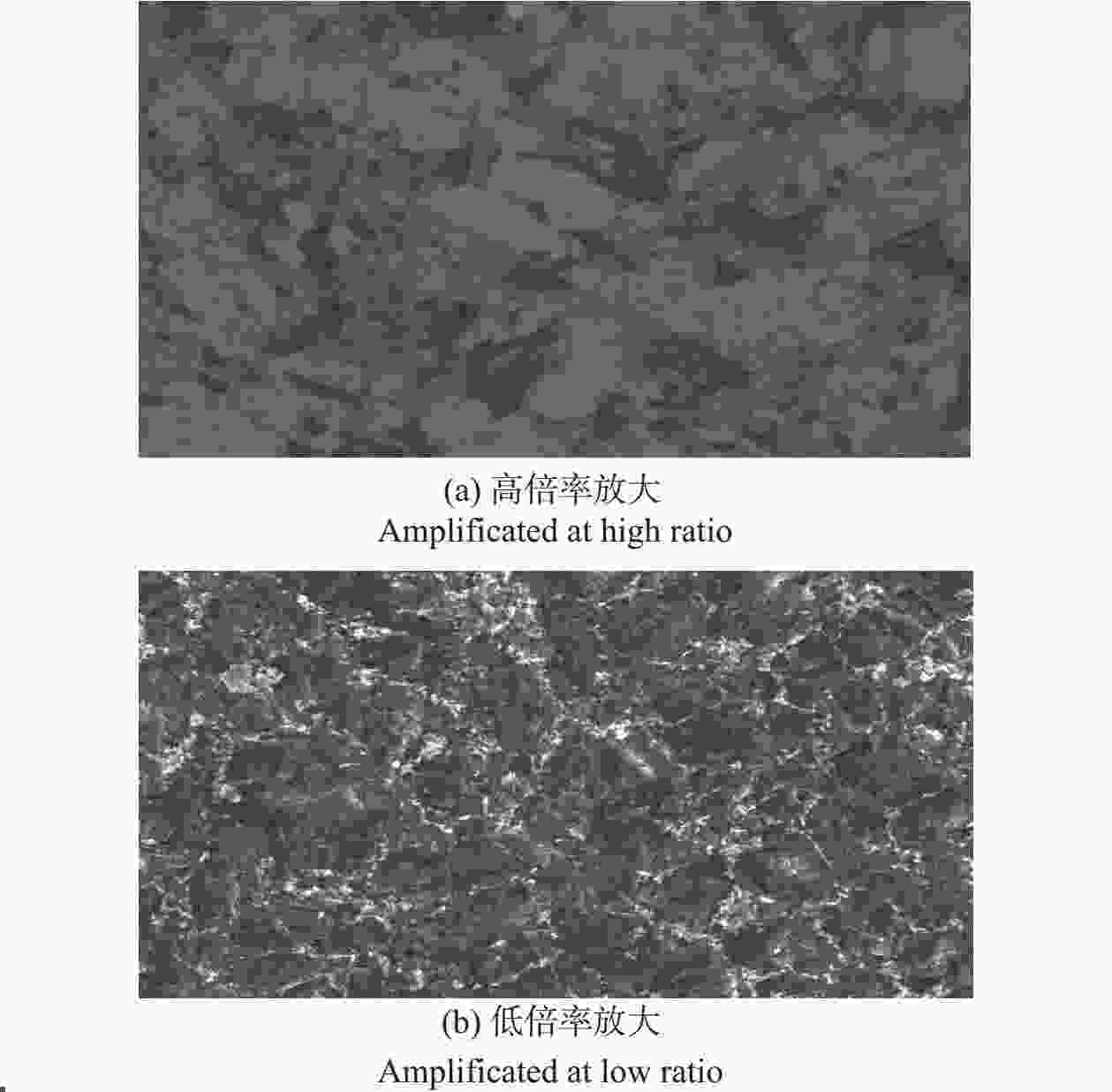
 下载:
下载:
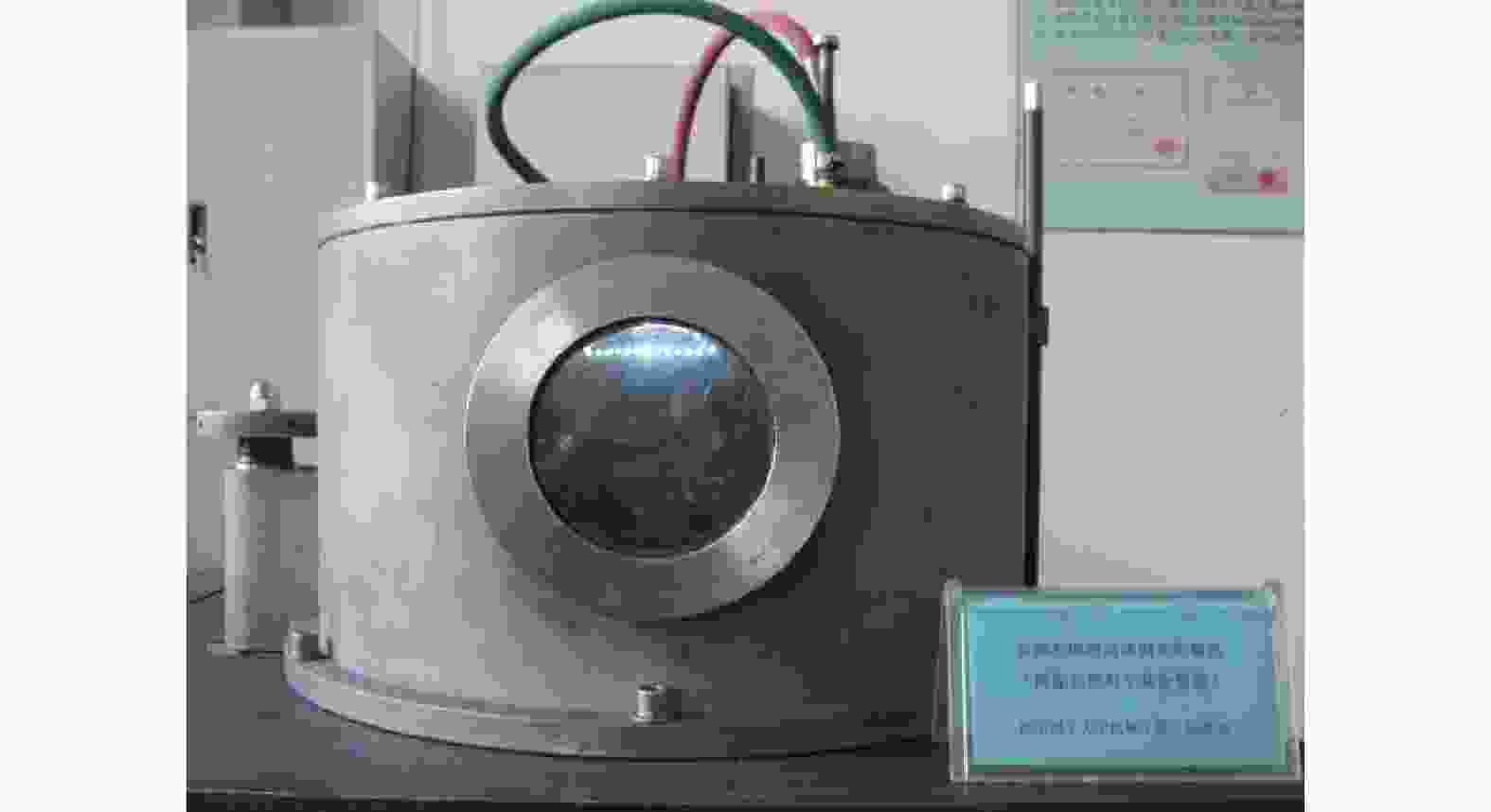
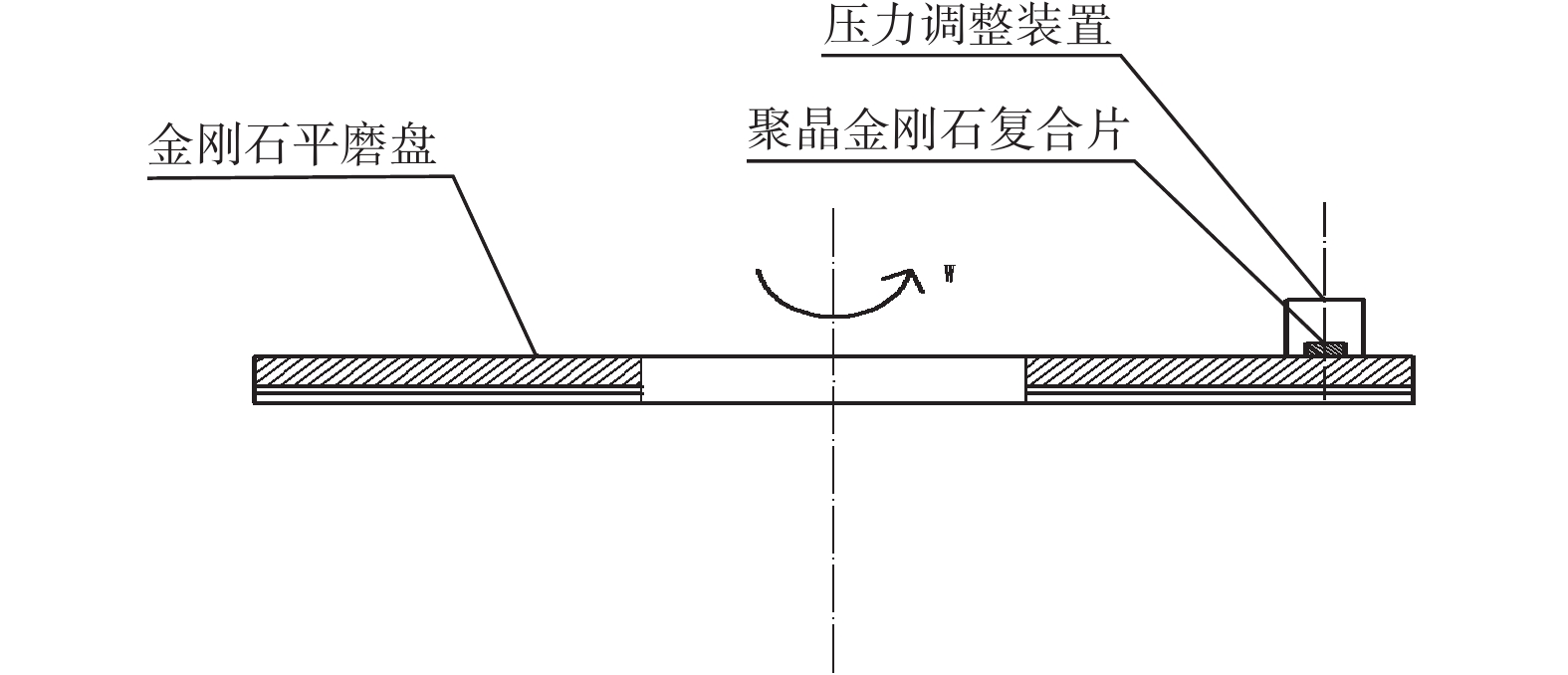
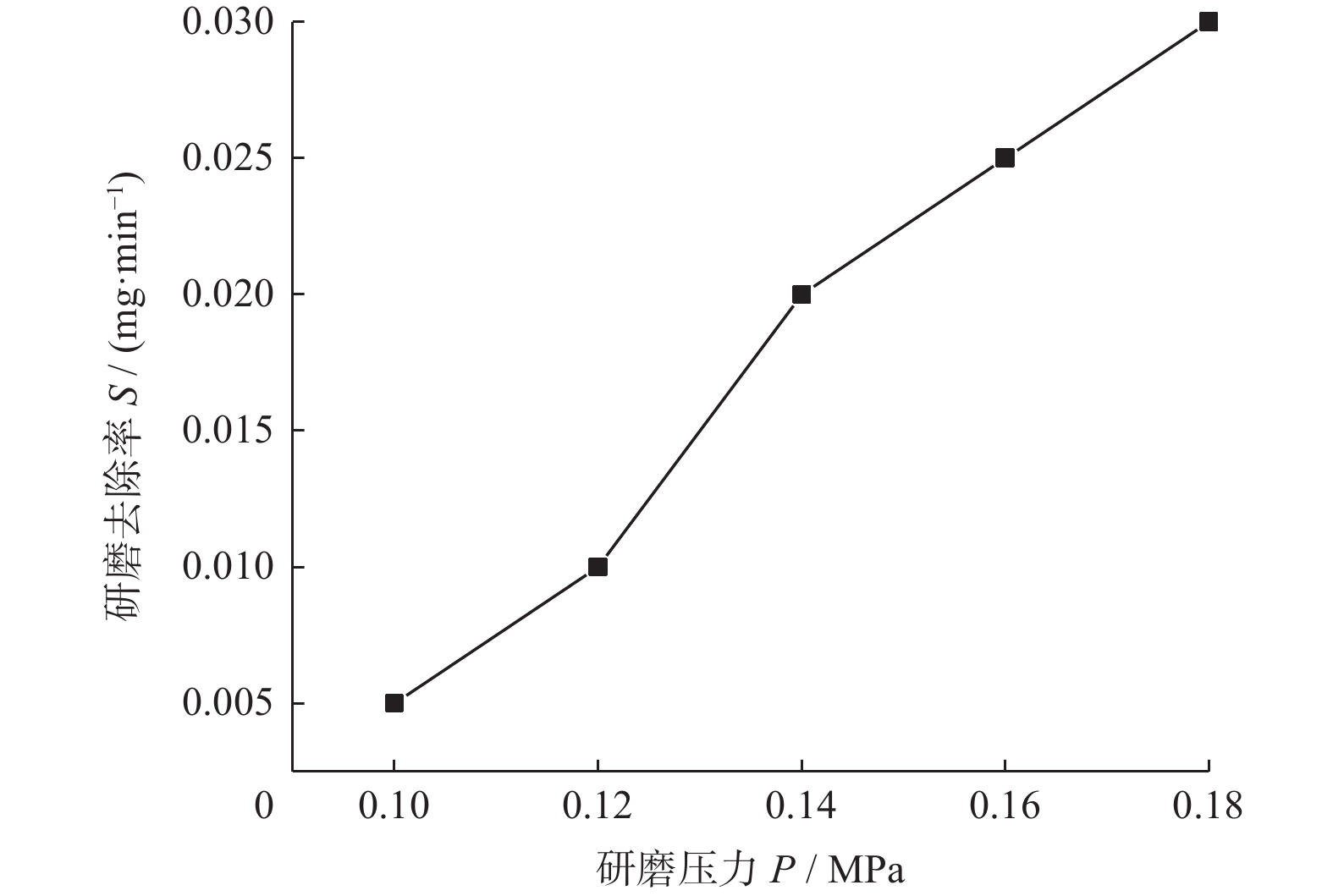
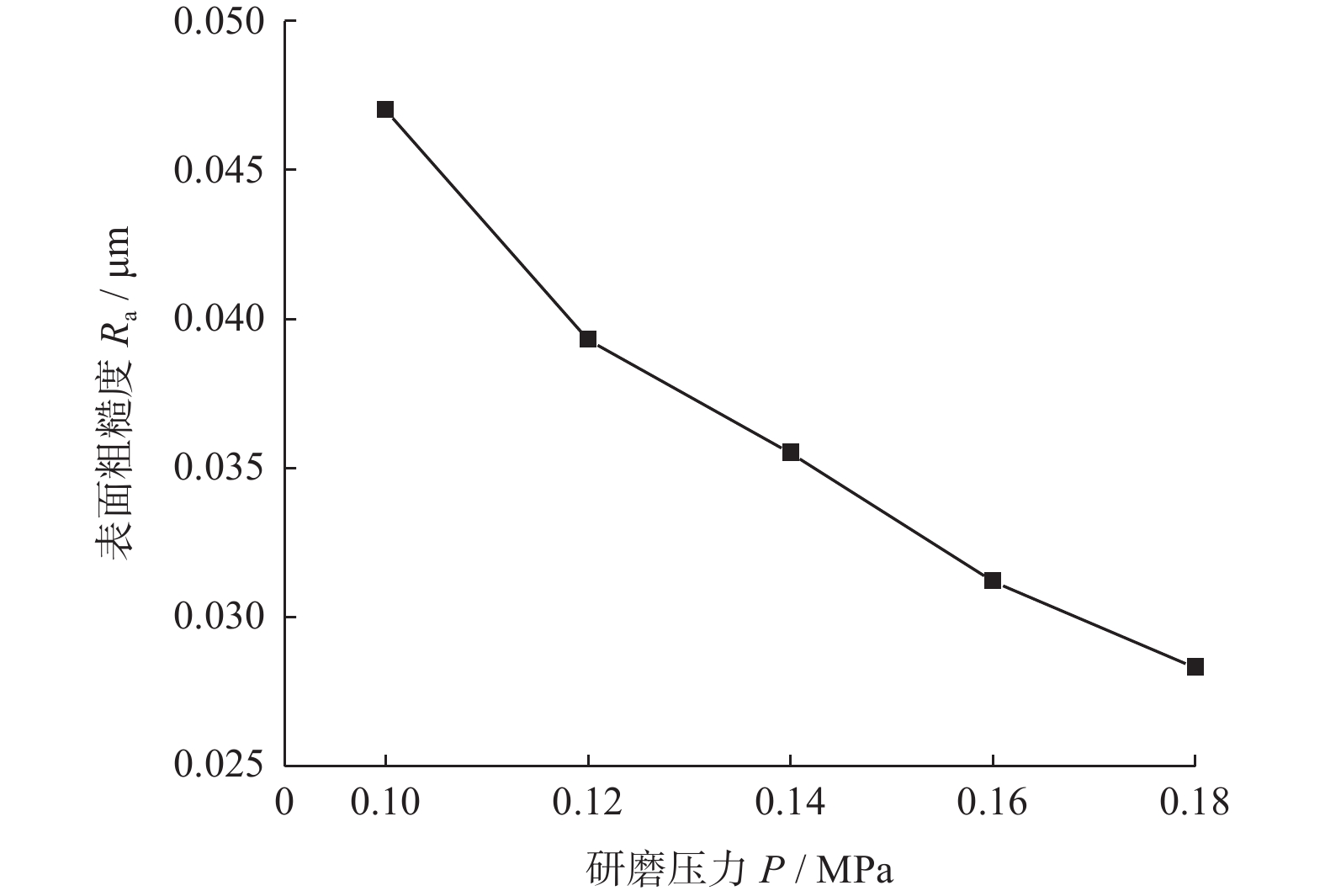
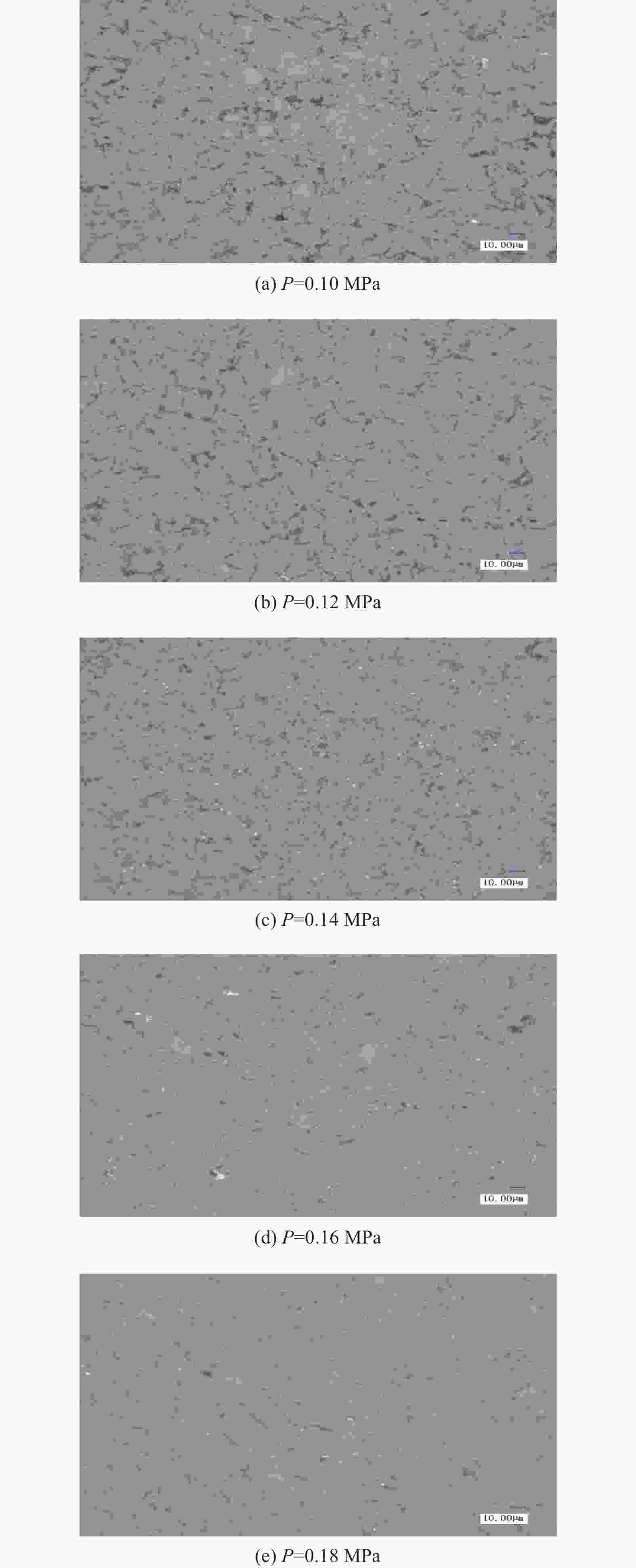
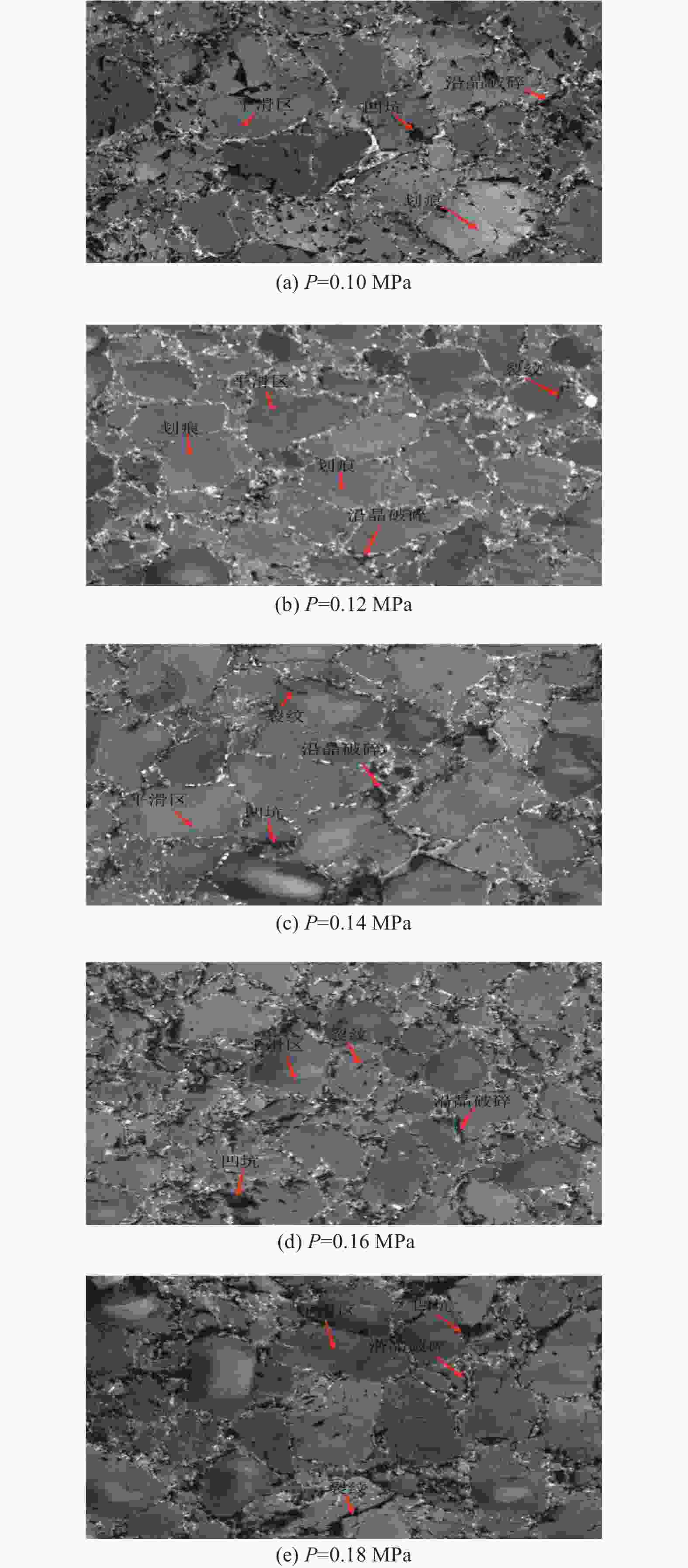
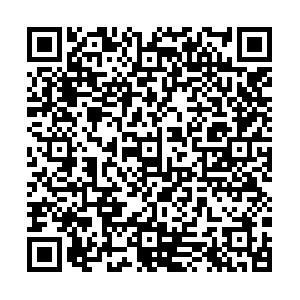

 邮件订阅
邮件订阅 RSS
RSS
